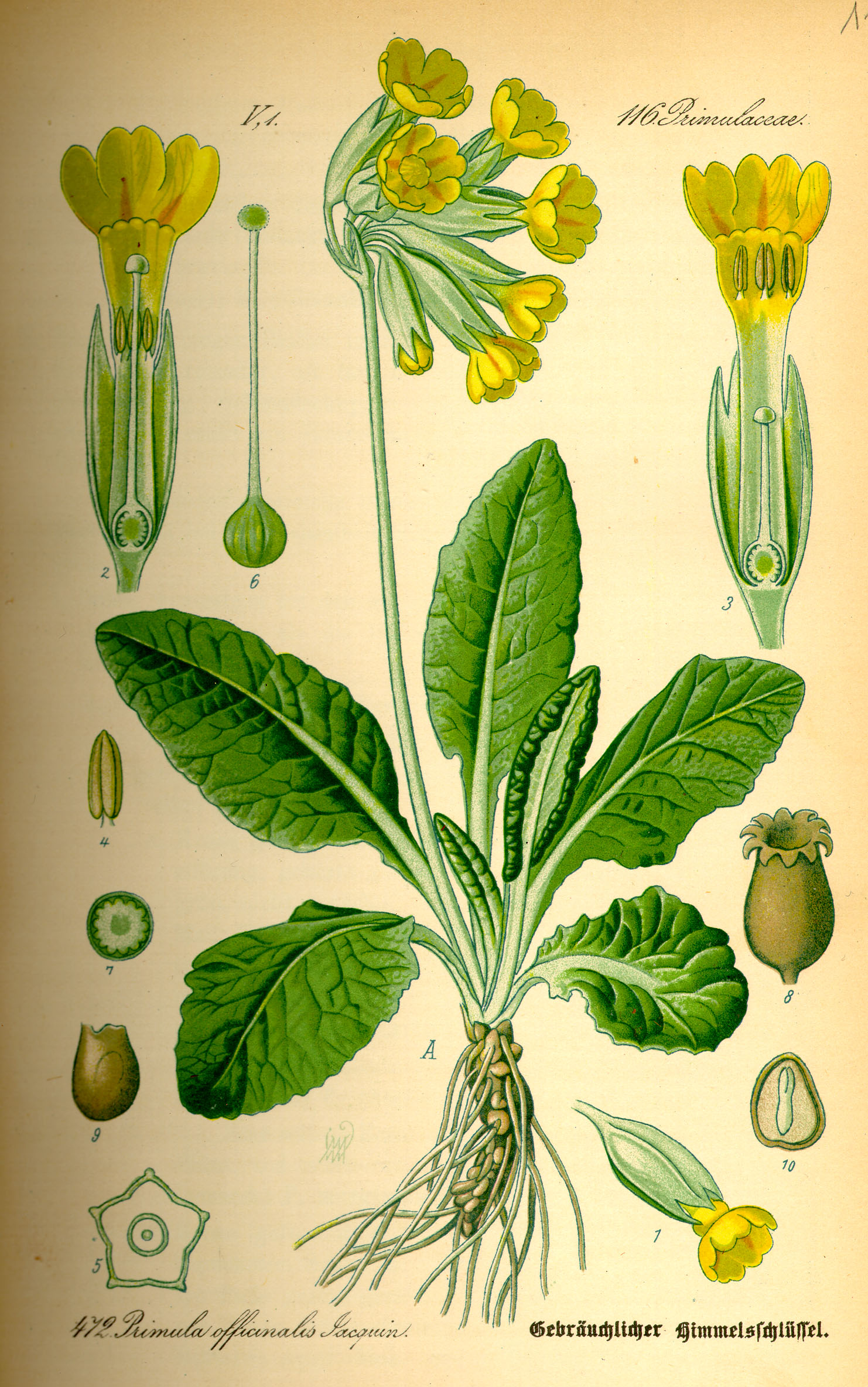|
Androsace Nivalis
''Androsace nivalis'' is a species of flowering plant in the primrose family Primulaceae with the common name snow dwarf-primrose. It was previously placed in the genus ''Douglasia'', which is now known to be nested within ''Androsace''. Description ''Androsace nivalis'' forms low clumps to extended mats with small dentate (sometimes entire) broadly lanceolate to linear leaves arranged in rosettes. Leaf surfaces and flower stems are covered with short stellate or branched hairs. Flower stems arise from leaf axils and give rise to small terminal clusters. The showy flowers have 5 pinkish purple petals, usually with a darker purple throat. Flower clusters are held well above the mat-like foliage. Hitchcock, C.L. and Cronquist, A. 2018. Flora of the Pacific Northwest, 2nd Edition, p. 397. University of Washington Press, Seattle. Range ''Androsace nivalis'' is endemic to the Wenatchee Mountains in Washington state and nearby areas. Habitat ''Androsace nivalis'' grows in open forest ... [...More Info...] [...Related Items...] OR: [Wikipedia] [Google] [Baidu] |
Species
A species () is often defined as the largest group of organisms in which any two individuals of the appropriate sexes or mating types can produce fertile offspring, typically by sexual reproduction. It is the basic unit of Taxonomy (biology), classification and a taxonomic rank of an organism, as well as a unit of biodiversity. Other ways of defining species include their karyotype, DNA sequence, morphology (biology), morphology, behaviour, or ecological niche. In addition, palaeontologists use the concept of the chronospecies since fossil reproduction cannot be examined. The most recent rigorous estimate for the total number of species of eukaryotes is between 8 and 8.7 million. About 14% of these had been described by 2011. All species (except viruses) are given a binomial nomenclature, two-part name, a "binomen". The first part of a binomen is the name of a genus to which the species belongs. The second part is called the specific name (zoology), specific name or the specific ... [...More Info...] [...Related Items...] OR: [Wikipedia] [Google] [Baidu] |
Flowering Plant
Flowering plants are plants that bear flowers and fruits, and form the clade Angiospermae (). The term angiosperm is derived from the Ancient Greek, Greek words (; 'container, vessel') and (; 'seed'), meaning that the seeds are enclosed within a fruit. The group was formerly called Magnoliophyta. Angiosperms are by far the most diverse group of Embryophyte, land plants with 64 Order (biology), orders, 416 Family (biology), families, approximately 13,000 known Genus, genera and 300,000 known species. They include all forbs (flowering plants without a woody Plant stem, stem), grasses and grass-like plants, a vast majority of broad-leaved trees, shrubs and vines, and most aquatic plants. Angiosperms are distinguished from the other major seed plant clade, the gymnosperms, by having flowers, xylem consisting of vessel elements instead of tracheids, endosperm within their seeds, and fruits that completely envelop the seeds. The ancestors of flowering plants diverged from the commo ... [...More Info...] [...Related Items...] OR: [Wikipedia] [Google] [Baidu] |
Primulaceae
The Primulaceae ( ), commonly known as the primrose family (but not related to the Onagraceae, evening primrose family), are a family (biology), family of Herbaceous plant, herbaceous and woody flowering plants including some favourite garden plants and wildflowers. Most are Perennial plant, perennial though some species, such as Anagallis arvensis, scarlet pimpernel, are annual plant, annuals. Previously one of three families in the Order (biology), order Primulales, it underwent considerable genus, generic re-alignment once molecular phylogenetic methods were used for taxonomic classification. The order was then submerged in a much enlarged order Ericales and became a greatly enlarged Primulaceae ''sensu lato'' (''s.l''). In this new classification of the Angiosperm Phylogeny Group, each of the Primulales families was reduced to the rank of subfamily of Primulaceae ''s.l.'' The original Primulaceae (Primulaceae ''sensu stricto'' or ''s.s.'') then became subfamily Primuloideae, a ... [...More Info...] [...Related Items...] OR: [Wikipedia] [Google] [Baidu] |
Androsace
''Androsace'', commonly known as rock jasmine, is a genus of flowering plants in the family (biology), family Primulaceae, second only to ''Primula'' in the number of species. It is predominantly Arctic–alpine, with many species in the Himalayas (where the genus originated), the mountains of central Asia, the Caucasus, and the southern and central European mountain systems, particularly the Alps and the Pyrenees. Plants of this genus are sometimes known as rock jasmines or fairy candelabras, and are widely cultivated for their dense cushions covered in white or pink flowers. There are roughly 110 species. These plants have small entire or toothed leaves which form a basal rosette. Taxonomy Recent molecular studies show that the genera ''Douglasia'' (found in north-western North America and easternmost Siberia), ''Pomatosace'' (an Himalayan endemic) and ''Vitaliana'' (a European endemic (ecology), endemic) are nested within ''Androsace''. Phylogenetic studies have also demonst ... [...More Info...] [...Related Items...] OR: [Wikipedia] [Google] [Baidu] |
Serpentine Soil
Serpentine soil is an uncommon soil type produced by weathered ultramafic rock such as peridotite and its metamorphic derivatives such as serpentinite. More precisely, serpentine soil contains minerals of the serpentine subgroup, especially antigorite, lizardite, and chrysotile or white asbestos, all of which are commonly found in ultramafic rocks. The term "serpentine" is commonly used to refer to both the soil type and the mineral group which forms its parent materials. Serpentine soils exhibit distinct chemical and physical properties and are generally regarded as poor soils for agriculture. The soil is often reddish, brown, or gray in color due to its high iron and low organic content. Geologically, areas with serpentine bedrock are characteristically steep, rocky, and vulnerable to erosion, which causes many serpentine soils to be rather shallow. The shallow soils and sparse vegetation lead to elevated soil temperatures and dry conditions. Due to their ultramafic origin, ... [...More Info...] [...Related Items...] OR: [Wikipedia] [Google] [Baidu] |


